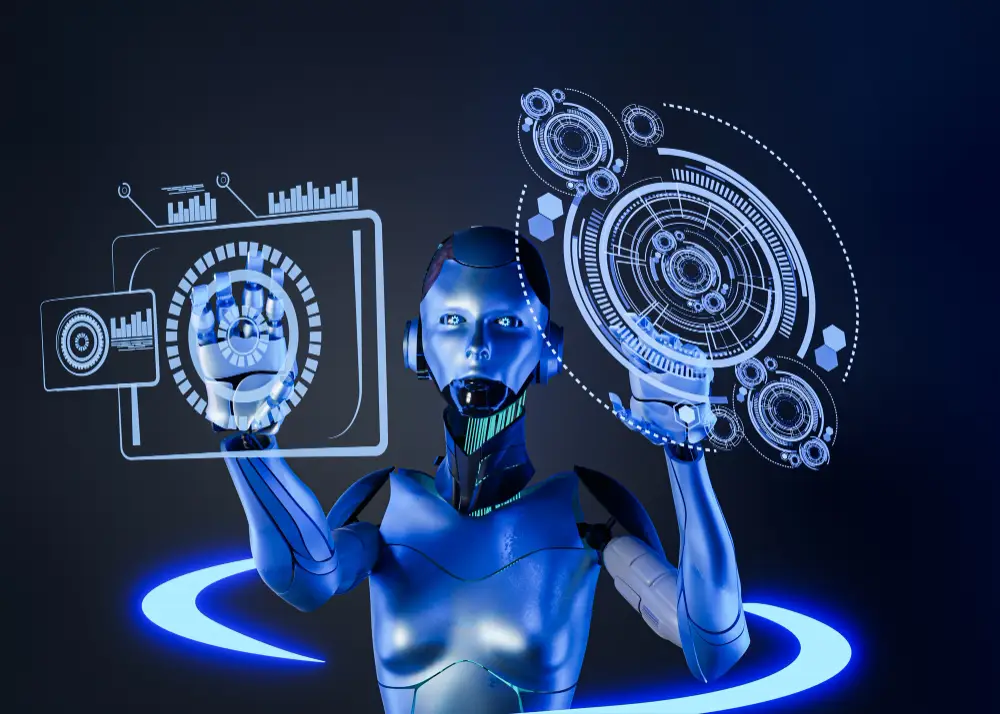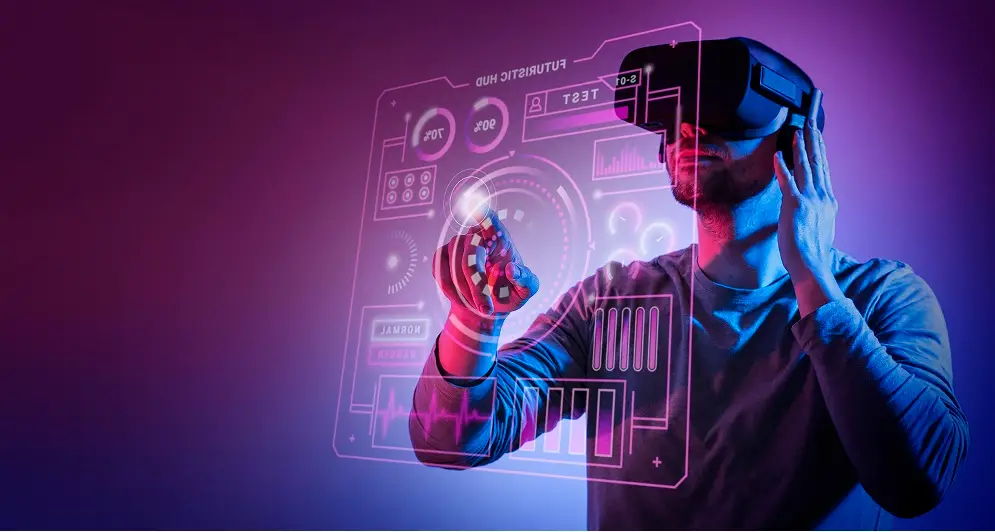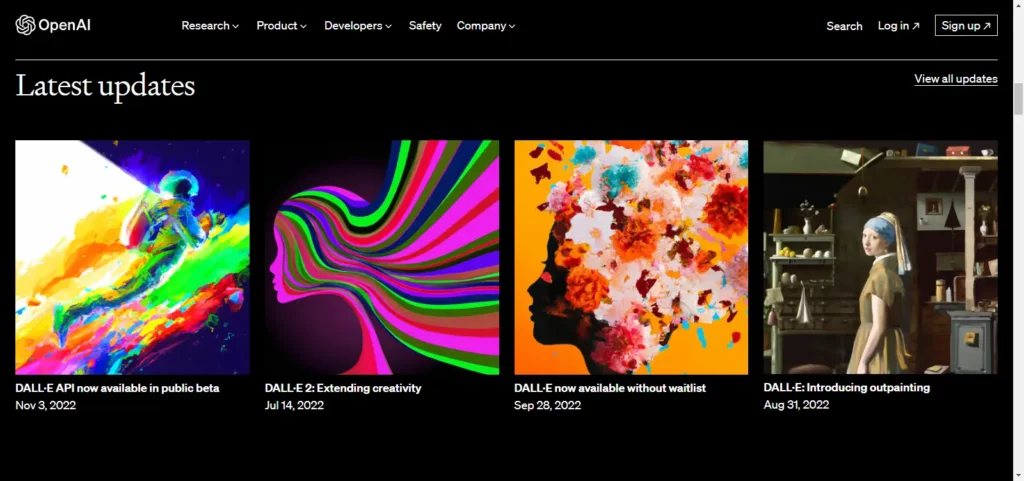Artificial Intelligence (AI) and Machine Learning (ML) are terms that have gradually been inserted into our lives, not only as words we hear occasionally but as elements with which we interact without even knowing it.
There is no doubt about the benefits these technologies have brought in addition to the potential they represent since countless applications have been seen, such as in production processes, the diagnosis of diseases, natural language processing (chatbots), education, and services. Financial, among others.
AI and ML are indeed concepts that come hand in hand and have many things in common. However, a distinction must be made that helps us clear up certain doubts and be clear about their differences. Below, we will explain the relationship between each one and its main characteristics.

What is Artificial Intelligence?
AI is the application of computer techniques so that a machine simulates the behavior and abilities of human intelligence. For example, AI can:
- Learn from examples and experiences
- Recognize objects
- Understand and respond to natural language
- Take decisions
- Solve problems
We can find it in our email services because, thanks to AI, our emails are automatically filtered and classified. Likewise, it is used in search engines to offer better results and social media platforms to detect hate speech, among other uses, automatically.
What is Machine Learning?
ML is a branch of Artificial Intelligence that allows machines to learn without being programmed from data processing, with which they can identify patterns to make predictions.
Statistics is the basis of ML, as it is essential to understand the data used in a machine’s training and its interpretation.
The types of ML that we can find are:
- Reinforcement learning occurs when a machine learns through trial and error until it reaches the best way to complete an assigned task.
- Supervised learning occurs when algorithms learn from previously labeled and classified data; that is, it has a sample set with which the algorithm analyzes several given elements and compares them with its sample group to label them according to those criteria. For example, you can classify photos with descriptions of the items.
- Unsupervised learning: The algorithms that work under these guidelines are similar to the supervised ones, only that the latter adopt a predictive model; that is, they do not have prior classifications and labels but instead look for examples that are similar and can be grouped.
ML is present in the movie recommendations of streaming platforms and virtual assistants’ voice recognition or automatic email responses.
It is important to consider that ML requires large volumes of data and that these be reviewed and audited to avoid bias. For example, we want to use this tool for disease management. In that case, we must have large volumes of information from patients of both sexes and all racial backgrounds. Otherwise, the ML results could only be used for some.
Difference between machine learning and artificial intelligence
Simply put, the difference between AI and ML is that AI is the ability of machines to display “intelligent” skills and behaviors. At the same time, ML is the technique used to enhance those capabilities.
One of the objectives of AI is to create an intelligent system like humans to solve problems. Meanwhile, ML aims for machines to learn from data to provide accurate results without programming them.




